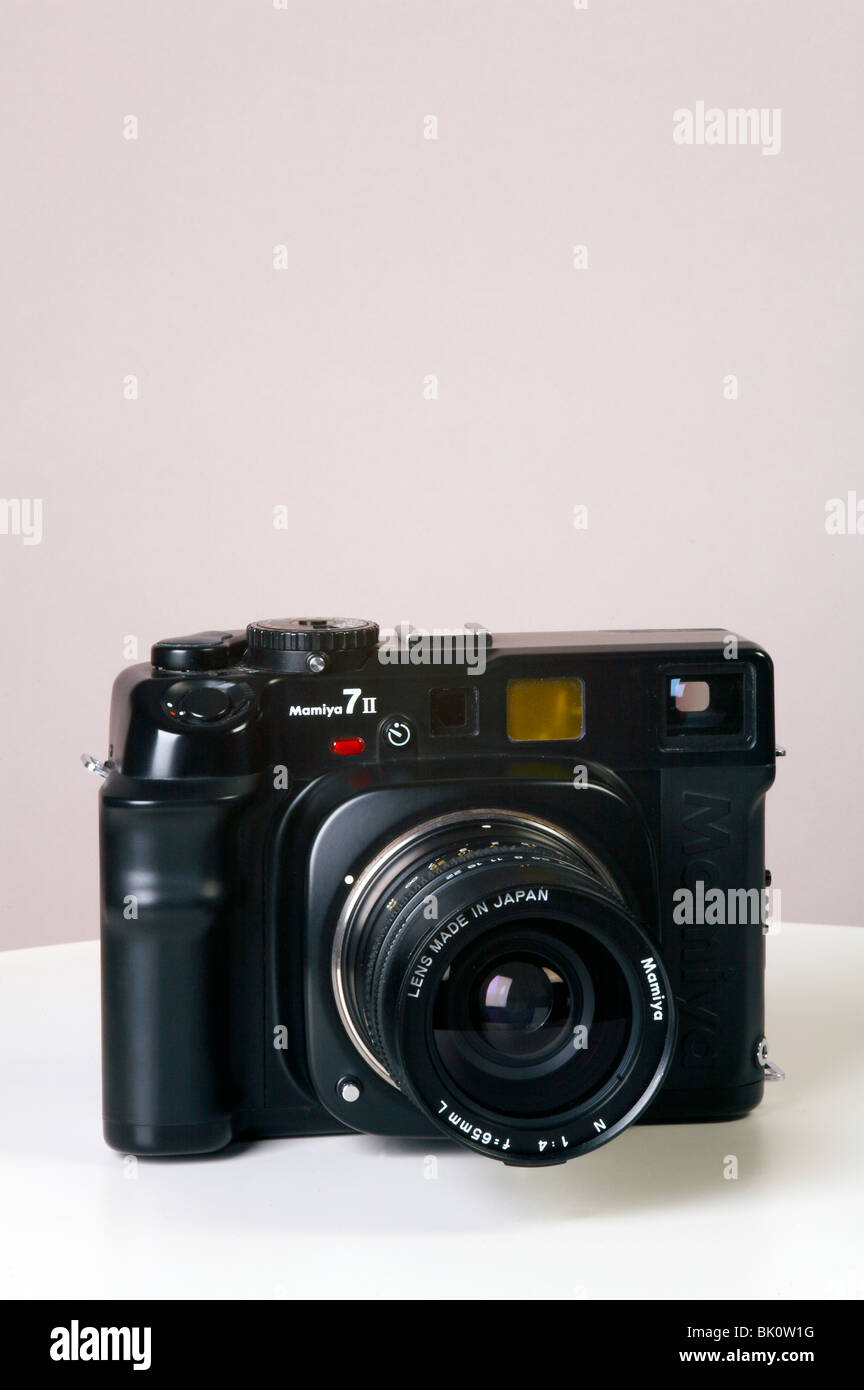

In fact, while there is no precise documentation to confirm it, there is compelling evidence to suggest the Mamiya-Sekor 55 f/1.4 is either a copy of, or based on, the optical design of the Carl Zeiss Planar 55 f/1.4 built for the Contarex SLR from 1961-1970. These were made with at least some Zeiss tooling and personnel. In fact, the Tomioka plant also made Carl Zeiss licensed optics for use on some Japanese cameras, such as the Contax. This wasn’t terribly unusual, and Tomioka was known for providing high quality lenses to a number of Japanese camera makers. Mamiya did not actually manufacture the array of primes that came with their 35mm cameras, and instead outsourced this to a major player in the industry at the time, the Japanese optics firm Tomioka Optics. As such, beginner’s luck made my introduction to vintage lenses one of wonder and joy. Had I known how good it was, I would have spent the $90-$100 others were asking in the blink of an eye. As I began to shoot with it and acquaint myself with its strengths and weaknesses, I grew to realize what an absolute gem this was. When it arrived a few days later I was rewarded beyond what I had a right to, since not only did the filter come off and clean nicely, but the lens’ glass was literally in mint condition.

What if the lens were fine, and the filter and camera had protected it over time? I decided to roll the dice, and made the single winning bid. Looking at the seller’s further images it became clear that the brand of the lens wasn’t Vivitar, but rather the filter still attached to it, and while indeed grimy, one could clearly read Mamiya-Sekor 55mm f/1.4 underneath. Still, what grabbed my attention was the picture: It was small and dark, but I could swear the lens said Mamiya, not Vivitar. Not exactly encouraging, and the zero bids in spite of the $15 price tag said it all. Hank Dietz as “lens with a camera-shaped rear lens cap.”įinally, after a week of fruitless searches, I ran across a curious case: Someone was selling a shoddy-looking Mamiya-Sekor SLR accompanied by a ‘Vivitar’ 55mm lens per the title, and described as “dirty with dust and grime.” It had belonged to the seller’s grandfather and was sold as-is.
Mamiya 7 ii photos driver#
This made it clear: the lens was the driver of the price, not the camera. I also noticed that prices did not seem to change even if the lens came with a vintage camera. Unfortunately, a quick survey of the findings on ebay seemed to disabuse me of the reputed thriftiness, since all the decent copies were retailing for $90 at the cheapest.

When I first felt the lure of adapting vintage lenses to my Nikon DSLR, the Mamiyas soon came under my radar thanks to the famous brand name, the unanimously effusive opinions I kept running across, and not least the reportedly modest prices.
Mamiya 7 ii photos series#
Most of the SLR cameras used the M42 universal screw mount and came with one of a series of compact high-quality standard focal length primes bearing the Mamiya-Sekor name, which ranged from a 50mm f/2 lens on the lower end to the premium 55mm f/1.4 at the higher end. However, during the 1960s and 1970s they also forayed into the 35mm market, producing film rangefinders and standard SLRs under the Mamiya-Sekor name that curiously used no fewer than six different mount types over time.
Mamiya 7 ii photos professional#
For many photo-enthusiasts, the name Mamiya will evoke a long line of highly respected medium format cameras which for decades were the workhorse of professional photographers.


 0 kommentar(er)
0 kommentar(er)
